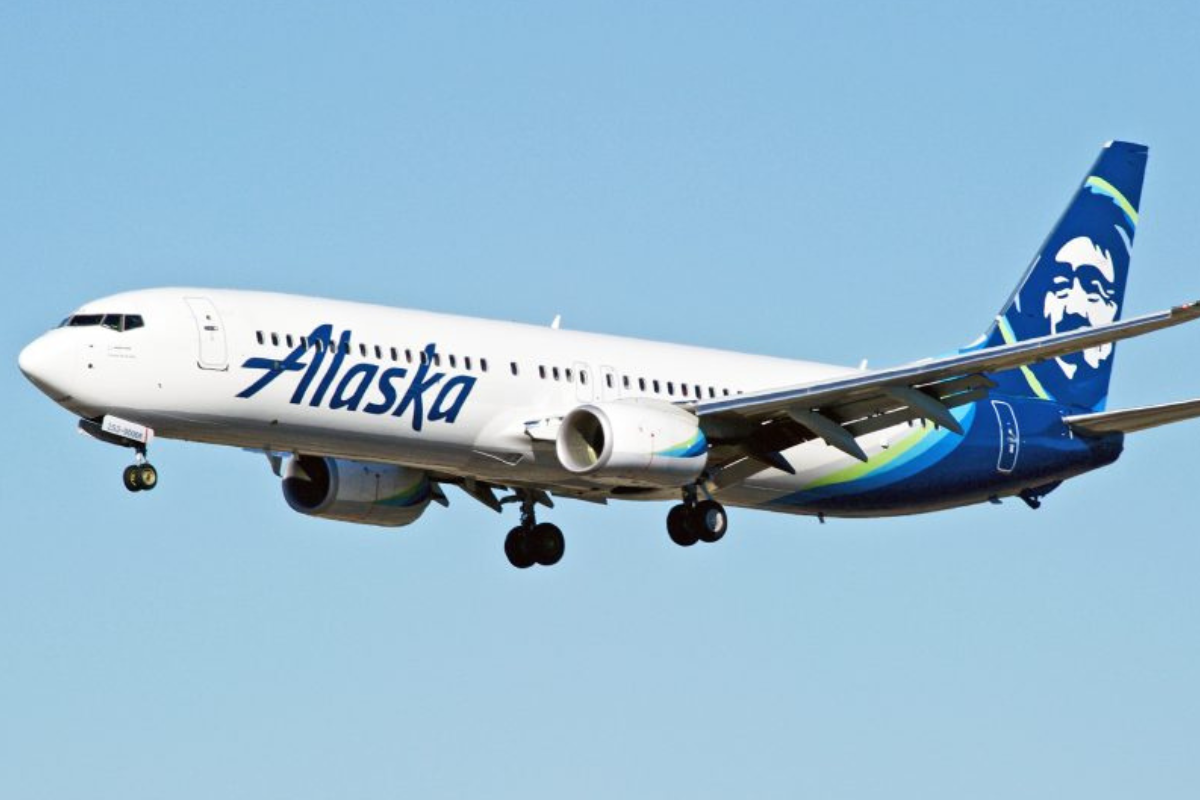
Two Alaska Airlines flight attendants were ‘incapacitated’, and two others were injured after a suspected fume event onboard a Boeing 737-800 which had just taken off from Kahului in Hawaii bound for Seattle.
The incident prompted a full-scale emergency response as the pilots made an urgent diversion to Honolulu where medical personnel were waiting to triage crew and passengers at the gate.
Alaska Airlines flight AS952 departed at around 10:44 pm on Friday, November 4 and was heading out over the Pacific Ocean when the pilots suddenly made an about-turn in an emergency diversion to Honolulu.
Information obtained by the Aviation Herald claims that at least two flight attendants initially felt dizzy and then became incapacitated and unable to perform their duties.
The two flight attendants recovered for a short period before their conditions worsened and an emergency landing was requested by the pilots – both of whom were not harmed.
In a preliminary report, the Federal Aviation Administration (FAA) said four flight attendants sustained minor incidents as a result of a ‘fume’ even onboard the 15-year-old aircraft.
The aircraft didn’t land in Honolulu until more than an hour after the decision to divert had been made at which point the aircraft taxied “speedily” to the gate where emergency responders were waiting.
Alaska Airlines has been contacted for comment but the carrier has not yet provided any update on the condition of the flight attendants. The aircraft has remained in Honolulu since Friday but is expected to operate a flight to Seattle on Monday morning.
In January, two Alaska Airlines flight attendants were taken to the hospital after they suddenly became unwell on a flight from Seattle to San Jose. Reports suggest the flight attendants began feeling sick after smelling a “strong chemical” odor aboard the Airbus A320.
Within the airline industry, these types of incidents are known as ‘smoke, odor or fume’ events, although they are also sometimes referred to as ‘toxic fume events’ because of the devastating impact that they can reportedly have on the short and long term health of those exposed.
Between January 2018 and December 2019, more than 400 passengers and flight attendants aboard U.S.-operated airplanes could have been sickened by “toxic fumes” according to a Los Angeles Times investigation that analysed data from a NASA-run aviation safety reporting system.
Mateusz Maszczynski honed his skills as an international flight attendant at the most prominent airline in the Middle East and has been flying ever since... most recently for a well known European airline. Matt is passionate about the aviation industry and has become an expert in passenger experience and human-centric stories. Always keeping an ear close to the ground, Matt's industry insights, analysis and news coverage is frequently relied upon by some of the biggest names in journalism.







